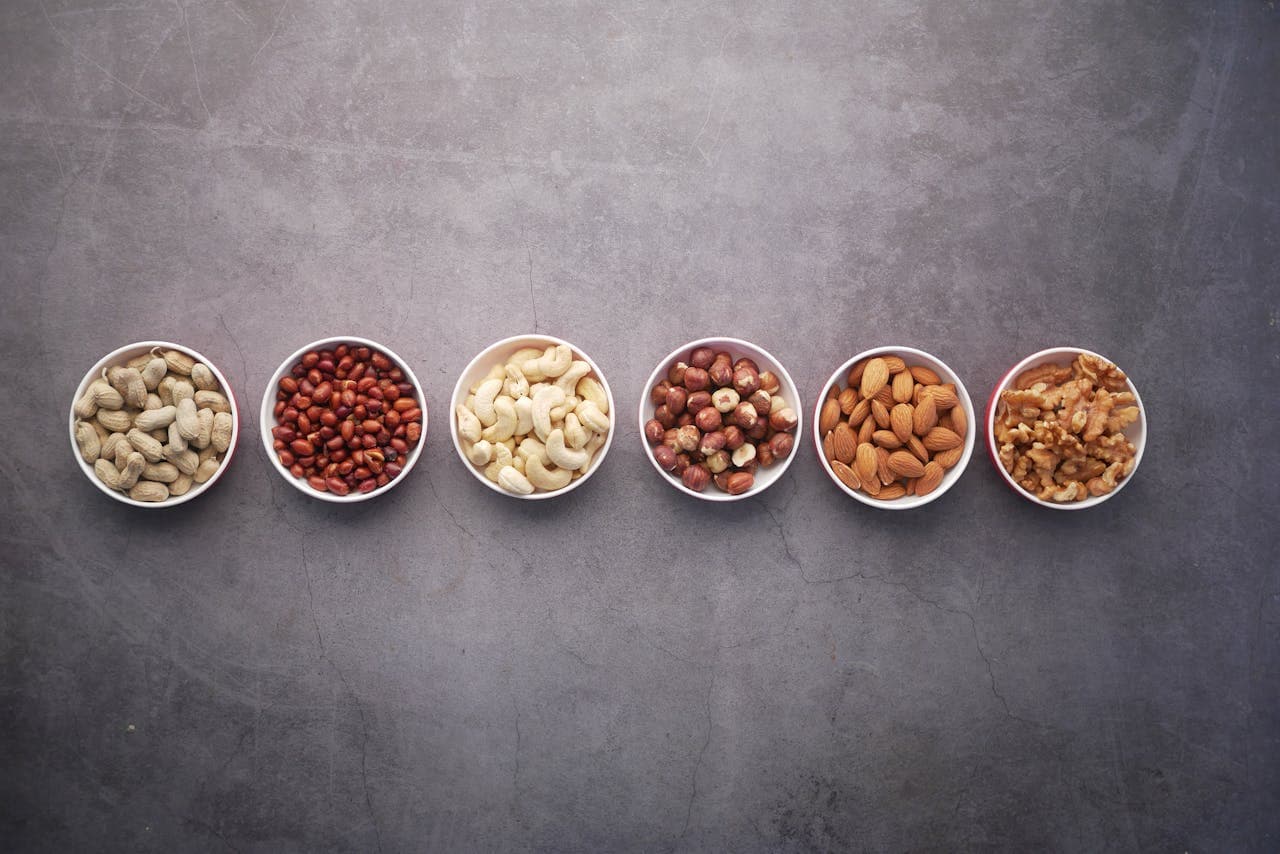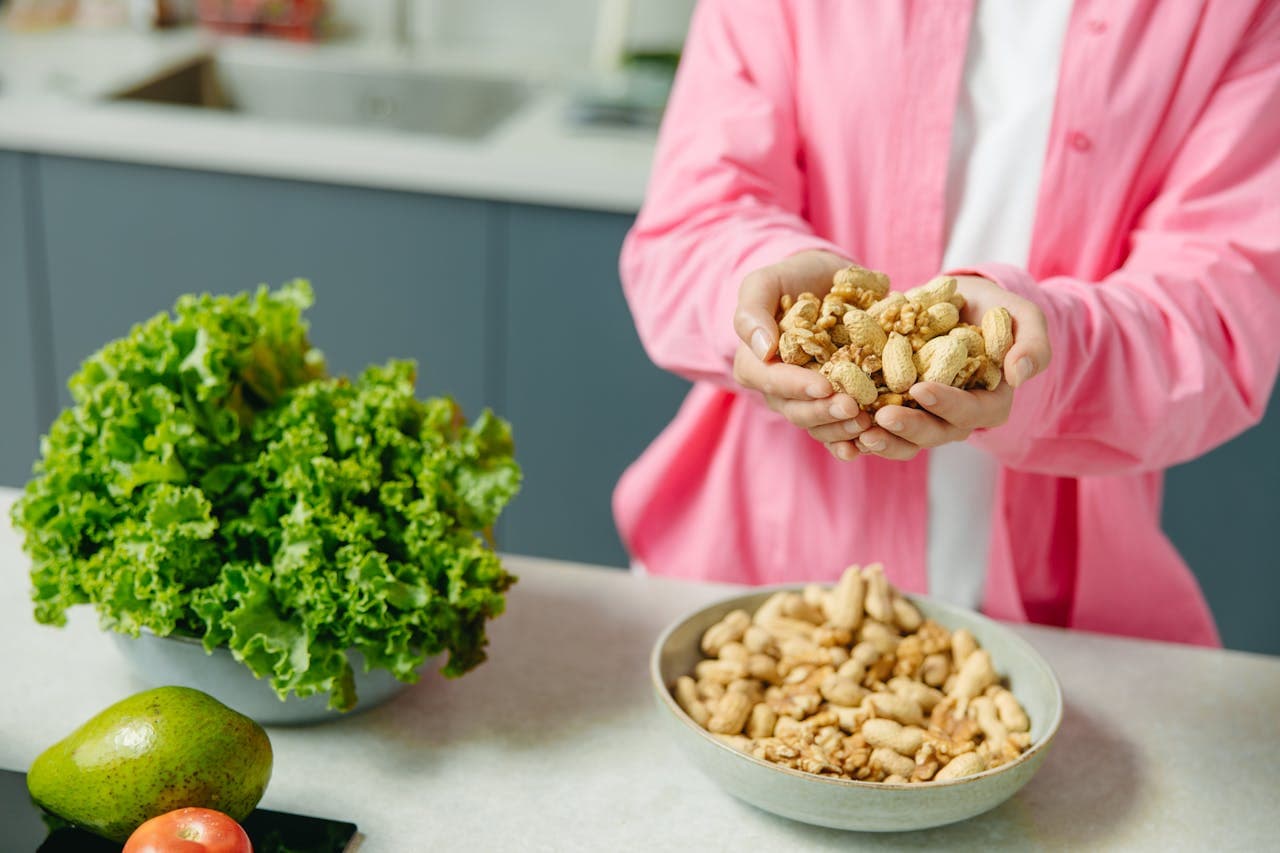High Calorie, Low Protein Foods

Richard Schmidt is a dedicated intermittent fasting advocate and retention specialist with a deep pa...

With Fastic, millions of people have achieved their desired weight, overcome disease and regained their quality of life.
A diet high in calories and low in protein can be beneficial for specific health conditions. Research has found that a low-protein diet may be therapeutic for people with certain chronic kidney diseases. Consuming high-calorie foods can provide the energy needed to perform daily activities and help with weight gain.
What happens when you merge these two dietary approaches? Let’s explore this combination.
What Is a High Calorie, Low Protein Diet?
Contrary to intermittent fasting in which you can only consume calories during eating windows, a high calorie, low protein diet focuses on consuming foods rich in calories while limiting protein intake.
Calories: What Are They and What Is Their Role in the Body?
A calorie is a standard unit for measuring energy. Calories are the source of energy our body needs to function properly. Calories are found in everyday foods and beverages. Energy is released during digestion when these foods are broken down.
The number of calories a person needs per day varies according to age, weight, height, and physical activity. According to Dietary Guidelines in the United States, adults 21 years of age and older should have a daily intake of between 1,600 and 3,000 calories. To lose weight you need to take in fewer calories than you burn. Whereas, if you want to gain weight, you need to eat more calories than you burn.
Fastic can assist in monitoring your calorie intake with its AI-powered food tracker. Simply snap a picture of your meal, and the Fastic app will instantly calculate the calories, protein, carbs, and fats — quick and easy.
Proteins: What Are They and What Is Their Role in the Body?
Proteins work almost full-time in cells and are necessary for the structure, function, and regulation of the body’s tissues and organs. Proteins are in every cell of your body, making it the most plentiful substance in the body, of course, after water. Proteins are made up of smaller units called amino acids.
Proteins play a crucial role in hormone synthesis, building and repairing tissues (especially after exercise), maintaining strong bone mass, and fighting infections by forming antibodies, among many other functions. The Dietary Guidelines for Americans recommend 10% to 35% of your daily calorie intake should be from proteins. The recommended dietary allowance to prevent protein deficiency for an average adult is 0.8 grams per kilogram of body weight.
Benefits of Eating High Calorie, Low Protein Foods
Clinical trials involving middle-aged adults have shown that a protein-restricted diet can enhance healthspan by reducing the risk of heart disease, diabetes, and cancer. Recent studies show that a low protein intake/ high-carbohydrate diet plays a crucial role in longevity and metabolic health. Restricting protein and amino acid intake diminishes aging-related comorbidities, promoting good health and longevity.
Eating high calorie, low protein foods can positively impact your body in the following ways:
Help maintain and gain weight by providing the essential nutrients and energy for muscle growth.
Reduce the burden on the kidneys. The more protein waste that needs to be removed, the harder the kidneys need to work.
Make it easier on the digestive system as carbohydrates generally take less to process than proteins.

High Calorie, Low Protein Foods: What’s In the Menu?
During a high calorie, low protein diet, an acceptable level of protein intake is 0.6 grams per kilo of weight, which is about 40 - 50 grams of protein per day. Even if some foods like white rice have a higher protein content than other foods, it is crucial to understand that eating protein is necessary and it must not be eliminated from your diet.
The following is a table of foods high in calories and low in protein.
Foods | Calories | Protein (grams) |
avocado | 322 | 4 |
1 cup white rice | 205 | 4.3 |
26 grams of dark chocolate | 155 | 1.4 |
1 tbsp. of coconut oil | 121 | 0 |
1 tbsp. of vegetable oil | 120 | 0 |
1 tbsp. of olive oil | 119 | 0 |
1 medium banana | 105 | 1.3 |
1 tbsp. of salted butter | 102 | 0.1 |
1 fl. oz. heavy cream | 101 | 0.9 |
15 grams of pecans | 100 | 1.4 |
1 corn cob | 99 | 3.5 |
1 slice of white bread | 98 | 3.3 |
1 medium apple | 95 | 0.5 |
1 tbsp. of peanut butter | 94 | 0.5 |
1 tbsp. of mayonnaise | 94 | 0.1 |
15.6 grams of almonds | 92.4 | 3.2 |
14 grams of pistachios | 80 | 3 |
1 tbsp. of honey | 64 | 0.1 |
1 tbsp. of jam | 56 | 0.1 |
1 tbsp. of maple syrup | 52 | 0 |
1 tbsp. of cream cheese | 51 | 0.9 |
1 tbsp. of cornstarch | 30 | 0 |
Who Can Benefit from a High Calorie, Low Protein Diet?
There are many reasons to consider incorporating high calorie, low protein foods into your diet. This type of diet is typically adopted by individuals seeking to gain weight, whether for personal goals or medical reasons. It contrasts with dieting strategies such as calorie restriction and intermittent fasting, followed by individuals aiming to lose weight.
Common motives for adopting a high calorie, low protein diet include:
Pregnant women might need to gain weight due to weight loss that comes with morning sickness.
Naturally underweight individuals due to genetics or a fast metabolism.
Endurance athletes who need more calories but moderate protein intake.
People who need a lower protein intake due to kidney-related disorders like phenylketonuria.
Individuals recovering from an illness or surgery.
Fasting protocols that demand energy levels support during fasting periods without excess protein intake. Use the Fastic app to discover other health-promoting dietary approaches that better adapt to your lifestyle.
Risks of a High Calorie, Low Protein Diet
There is certainly a downside to eating a high calorie, low protein diet. A deficiency can be just as dangerous as an excess.
Protein Deficiency
Inadequate protein intake is dangerous and can harm metabolic health.
A low-protein intake can lead to impaired immune functioning. Cuts and exercise injuries like sprains may take longer to heal. Proteins are essential for fighting viruses and bacteria, and a deficiency can prolong the recovery from even a simple cold.
Lack of protein can lead to hair, nail, and skin problems, which are made up of proteins like collagen and keratin. Brittle hair, flaky skin, and ridges on your fingernails are low-protein symptoms.
Swelling in legs, feet, and hands can be due to a lack of protein in the bloodstream. Albumin helps keep fluid from leaking out of your blood vessels into other tissues.
Calorie Excess
Eating an unhealthy number of calories has potential risks if not approached under medical guidance.
Overeating can disrupt hunger regulation by interfering with hormones that control appetite and fullness.
Make you overweight or obese, increasing the chances of developing chronic health problems such as type 2 diabetes, cardiovascular disease, and hypertension.
Too much calorie intake might lead to excessive weight gain if you have a slow metabolism or don’t use the same amount of calories as you eat.
If you are looking for more sustainable dieting approaches to improve your body’s overall well-being download the Fastic app. Discover how intermittent fasting might be a better alternative for your health and objectives.
Disclaimer: It is advised to speak with a health professional before beginning intermittent fasting or a diet program. There may be side effects for people with certain medical conditions.
With Fastic, millions of people have achieved their desired weight, overcome disease and regained their quality of life.
Take the Quiz